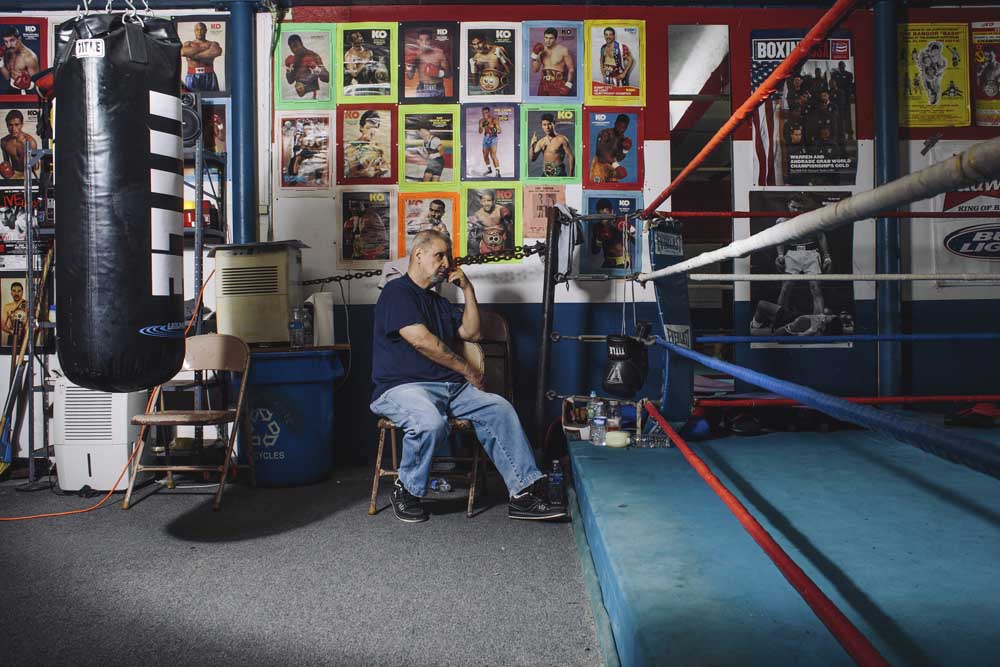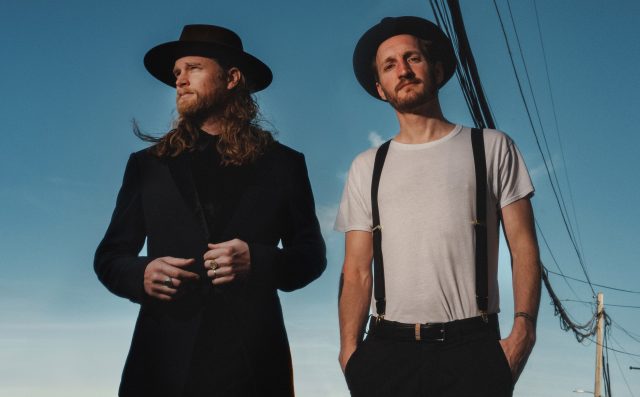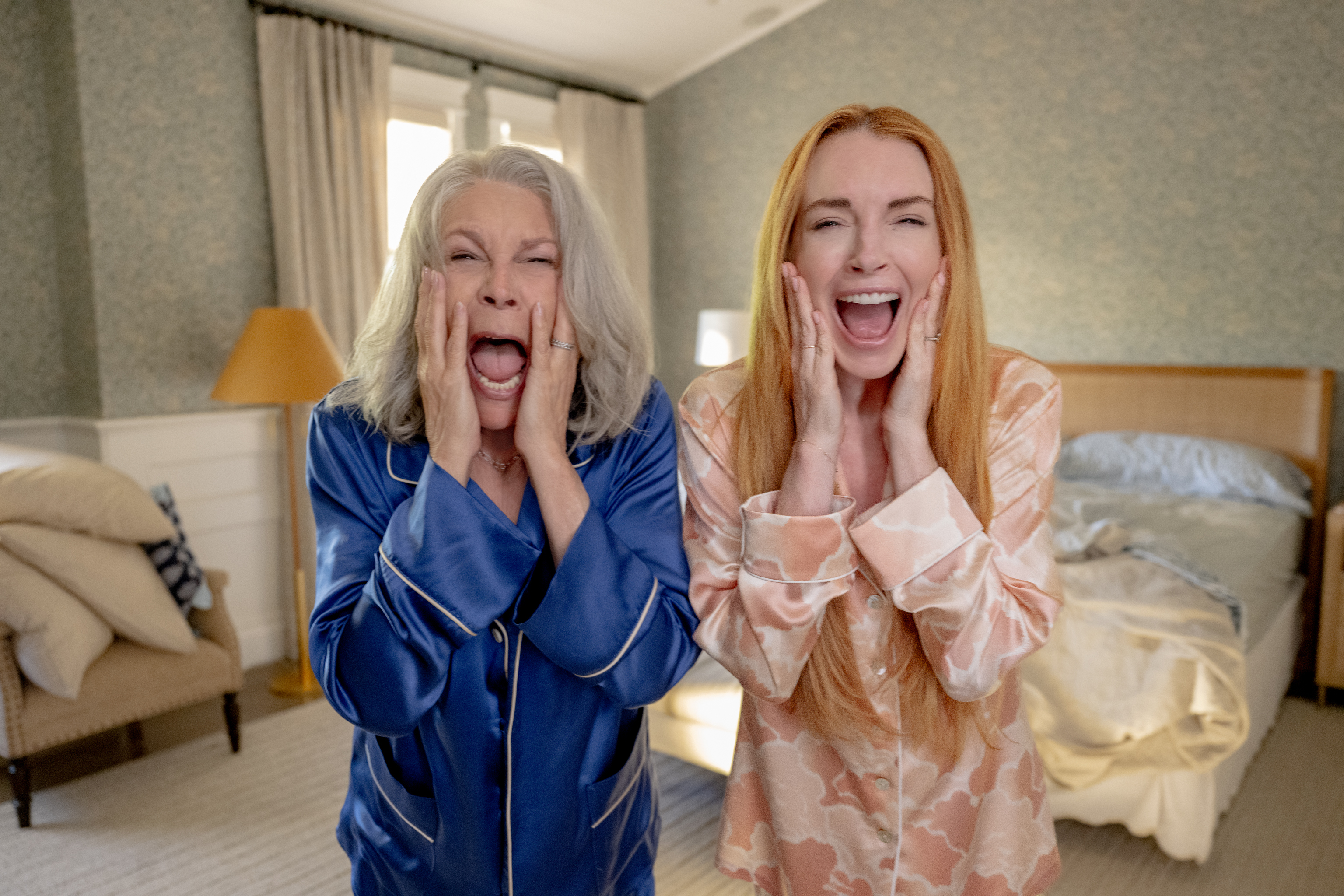The night Ali and Liston came to Maine
Published 12:08 am Thursday, May 21, 2015

- Tristan Spinski / New York Times News ServiceJoe Gamache Sr., of Lewiston, Maine and operator of a boxing club for 37 years in the basement of the Lewiston Armory Memorial, says he tried to sneak into the heavyweight championship bout between Muhammad Ali and Sonny Liston, but by the time he arrived at the venue, the fight was over.
LEWISTON, Maine — A couple of times each month, with the rate accelerating during summer, a car will pull into the parking lot of a small, quaint multipurpose arena on Birch Street in this once-thriving mill city along the banks of the Androscoggin River.
Mike Cain, who manages the building for his father’s company, will notice the visitors from his office as they look up uncertainly at the property’s most modern feature, a two-tone gray brick facade built 10 years ago, with their cameras or smartphones poised.
Trending
If he is not too busy, Cain will go outside, say hello.
“From all over the world, people come,” he said. “They say, ‘Is this where the fight really happened?’”
Yes, he will tell them, this is where Muhammad Ali knocked out Sonny Liston in the first round of their championship rematch with his so-called phantom punch in 1965. And until the city of Lewiston gave the distressed building a face-lift and paved its dirt parking lot before selling it to private owners about seven years ago, time had virtually stood still.
The old place — back then alternately called St. Dominic’s Arena or the Central Maine Youth Center — still looked like a cross between an airplane hangar and an oversize barn. Behind the facade, it still does.
Inside what is now called the Androscoggin Bank Colisee, the original salmon-color seats have been repainted blue, but a timeless atmospheric quality remains. Walk through its shadowed center, where a boxing ring was once hastily installed in the middle of a hockey rink, and it could be 50 years ago May 25, when a heavyweight championship circus descended on unsuspecting Lewiston, when a brash 23-year-old champion — introduced for the first time as Muhammad Ali, rather than Cassius Clay — stood over a fallen Liston, shouting, “Get up and fight, sucker!”
In this no-frills arena, set in a modest residential neighborhood and originally built by a parish in 1958 for prep hockey games, the golden anniversary of what many would consider the most controversial, and craziest, title fight in history will be celebrated Monday night with a premiere showing of a 27-minute documentary, “Raising Ali.”
Trending
Charlie Hewitt, an artist who splits his time between New York and Portland, Maine, but spent his early life in Lewiston, is the film’s executive producer. He undertook the project not so much to commemorate the fight as to cast it as a metaphor for the city’s continuing plight.
“It’s a sentimental portrait of a struggling old factory town that was visited by greatness,” said the 68-year-old Hewitt. “And what Ali told Liston as he was standing over him resonates today. Lewiston is still trying to get up and fight.”
Nowhere has the city’s pugilistic history been celebrated and continued more than in the armory basement, where fight night posters from across the decades adorn the walls. Here, Joe Gamache Sr. has for 37 years operated a club that produced the state’s only native world champion — his son, Joey — in the World Boxing Association’s superfeatherweight and lightweight divisions in the early 1990s.
But nothing, Gamache said, compared to the night when the greatest names in boxing — from James J. Braddock to Joe Louis to Ali himself — streamed into town, trailed by Frank Sinatra and Elizabeth Taylor, among the rich and famous.
“I mean, we’re going to have a heavyweight title fight in Lewiston?” Gamache said. “Everybody was amazed, couldn’t believe it. Sam Michael negotiated that, and people around here made him out to be a legend.”
Michael was a local fight promoter, a pawnshop owner and the city’s economic development commissioner. On May 6, 1965, he was speaking to the Chamber of Commerce in Norway, Maine, about 20 miles away, when he was handed a message: “Call Cleveland.”
He was soon on the phone with Intercontinental Promotions, which was based in Cleveland and had the rights to the Ali-Liston rematch of their 1964 bout in Miami, along with a $3.5 million closed-circuit television deal.
The Cleveland people told Michael that the plug had been pulled on the fight’s original site, Boston Garden, because Massachusetts law enforcement feared a setup to force a rubber match. There also were rumors of threats against Ali — who, after winning the title in 1964, had joined the Nation of Islam and changed his name to Cassius X, and then Ali — in retaliation for the February 1965 assassination of the Muslim minister and human rights activist Malcolm X.
Liston’s troubles with the law did not help. He had recently been charged with speeding, careless and reckless driving, and carrying a concealed weapon.
John Michael, Sam’s son, said the Cleveland promoters would have held the fight in a cornfield, so desperate were they not to lose the closed-circuit money, the sport’s newest revenue producer.
“My father told them, ‘Put it in Lewiston,’” said John Michael, who still lives in Maine.
John H. Reed, Maine’s governor at the time, loved the idea that a heavyweight championship fight would be held for the first time anywhere in his sparsely populated state, as did George Russo, the head of the Maine Boxing Commission, which was based in Portland. That left final approval of Lewiston to Larry Raymond Jr., a young county district attorney.
Still practicing law in Lewiston, Raymond recalled telling Michael, “If Liston hasn’t broken any law in Androscoggin County, I have no problem with him.”
Reed announced the fight on May 7.
Sam Michael, his Cleveland benefactors and Lewiston had 19 days to prepare for the match and the invasion of the fight crowd, including a news media armada numbering in the hundreds.
The fight began at a little after 10:40 p.m. on May 25. Near the 1-minute-40-second mark, Liston threw a lazy left jab. Ali, appearing to back up, countered with a short, chopping right. Liston went down. The scene devolved into a chaotic series of communication failures between the referee — Jersey Joe Walcott, a former heavyweight champion — and the knockdown timekeeper, a retired printer named Francis McDonough. It did not help that Ali initially refused to go to a neutral corner.
Often forgotten in accounts of the fight is that after Liston was back on his feet, re-engaged with Ali, Walcott made the bizarre decision to leave them to consult with McDonough and Nat Fleischer, the editor of Ring Magazine. Seated behind McDonough, Fleischer was waving his arms and frantically shouting that the count had reached 12. The fight should be over.
Walcott returned to Ali and Liston to wave them off. The official time was initially announced as one minute but a tape showed Liston falling at 1:44, rising at 1:56, and Walcott officially stopping the fight at 2:12.
Fifty years later, most of those in attendance are not quite sure what they saw.
The result was so suspicious that the Maine Boxing Commission seized the gloves of both fighters for an investigation that did not amount to much.
Beyond the mementos and memories, the storytelling and the inevitable tall tales, what was the essence of Lewiston’s legacy event, its single round of fame, or infamy? Was it something greater than what Russo described: “Kind of a black eye, but one that put us on the map”?
Perhaps its lasting impact can be divined from the fight’s 30th anniversary in 1995, when Ali revisited Lewiston and took one startled look at then-Mayor John Jenkins and cracked, “How the hell did you get here?”
Jenkins, who graduated from Bates College in Lewiston in 1974, became the town’s first African-American mayor in 1993.
Jenkins came to believe that the second Ali-Liston fight could be viewed symbolically as a moment when Lewiston, homogeneous and insular, had opened itself to the gathering forces of American social change, embodied by Ali.
“Here came Ali, at the dawn of the civil rights era, a different kind of black man, who wouldn’t let others define him and who was threatening to a whole lot of white folks,” Jenkins said. “And it was Lewiston that gave him a chance to defend his title and go from there to become the most famous person in the world.”








